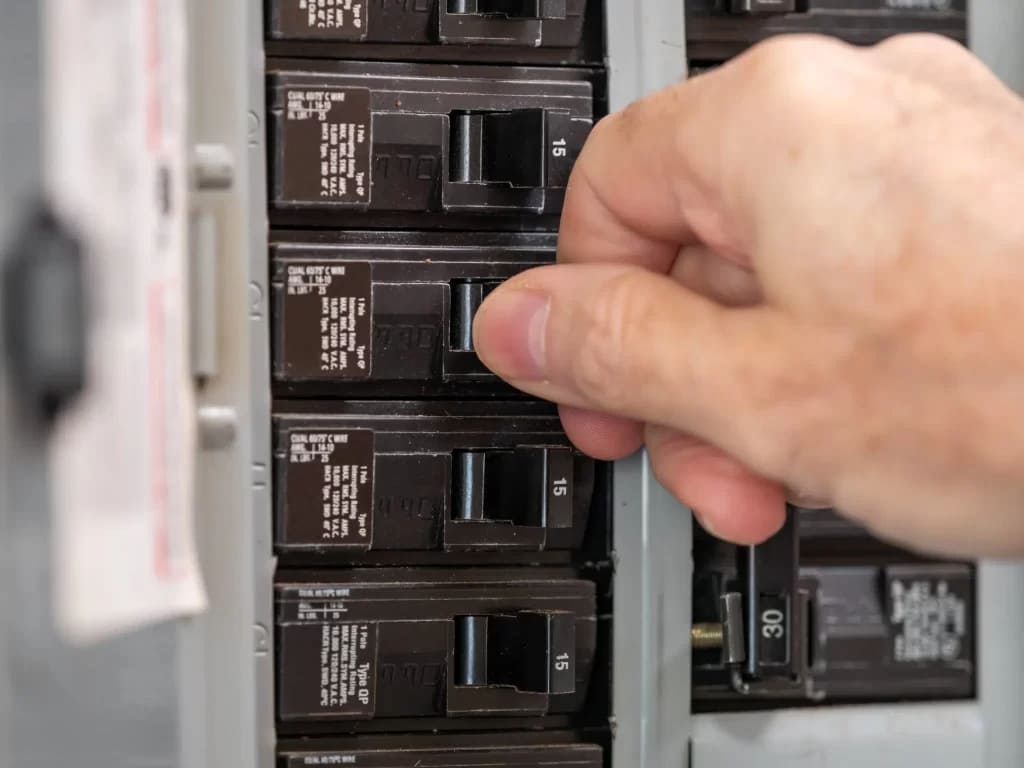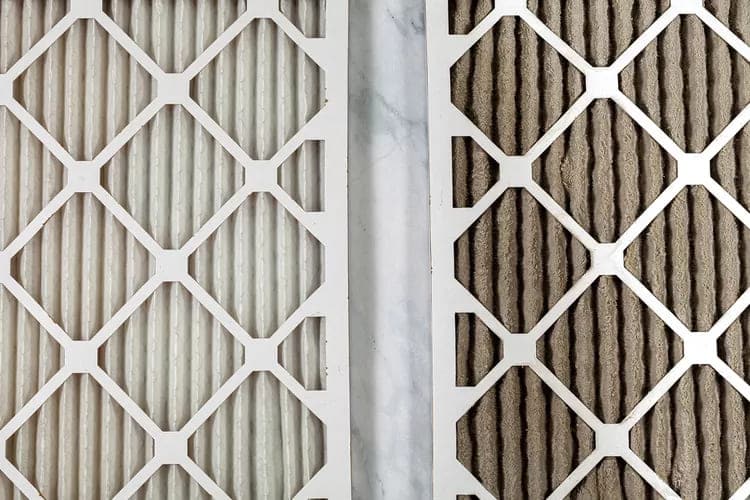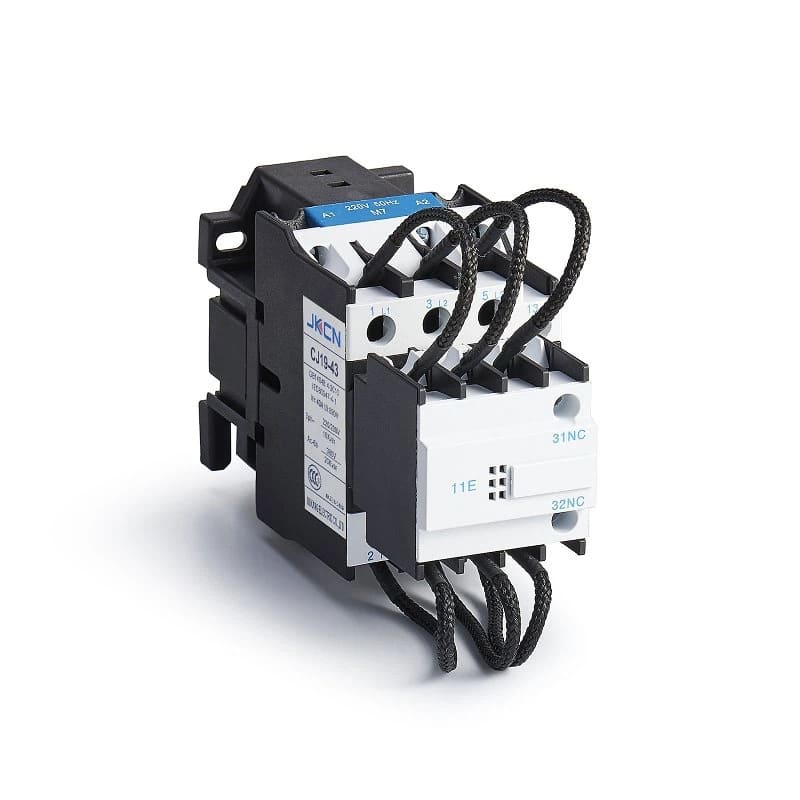Table of Contents
“Welcome to our troubleshooting guide for resolving issues with ac compressor not turning on . In this comprehensive manual, we’ll explore common reasons behind this malfunction, offering step-by-step instructions to diagnose and rectify the problem effectively. Stay cool and comfortable as we guide you through the process of restoring your AC’s functionality.
if you have a question regarding what are Signs of a Faulty Compressor lets check this article
1. Safety First
It’s critical to put safety first above all else before delving deeply into the troubleshooting process for your ac compressor not turning on. The first thing to do is turn off the power. Before trying any AC unit checks or troubleshooting, this is a basic yet essential step. To eliminate any chance of electric shock, make sure the power is entirely off. It is a basic safety measure that protects you as you look into any problems.
There are several possible causes for an AC compressor that won’t come on, including electrical issues. The compressor is the part that uses refrigerant circulation to cool the air. Your air conditioner won’t be able to cool your room efficiently if it’s not operating correctly. Electrical difficulties can vary from simple issues like a tripped circuit breaker to more intricate problems with the wiring or the AC unit. Cutting the power off safely gives you time to inspect connections, evaluate the situation, and decide if you can fix the problem on your own or if you need to hire a professional. Never forget that handling electricity demands respect for its power and caution.
2. Thermostat Check
A comprehensive thermostat check is essential to ensuring the comfort of your house and the effective operation of your air conditioning (AC) unit, mainly when dealing with problems like the home AC compressor not turning on. The thermostat controls your home’s cooling schedule and method, which serves as the AC unit’s command center. These actions will guarantee that it operates appropriately:
First, ensure the thermostat is in the “cool” setting and the temperature is lower than the room temperature. This will ensure the system is ready to start the cooling cycle.
Battery: Thermostats run on batteries, especially the unwired types. A low battery might cause problems, including the compressor in the air conditioner not functioning. If you think the batteries could be the problem, check the battery indicator or just replace them.
3.Functionality:
Occasionally, the thermostat may be the source of the issue rather than the AC unit itself. A broken thermostat may cause problems, such as a non-functioning home air conditioning compressor. If you have any suspicions about this, you might want to think about switching out the thermostat to see if the issue still exists. Additionally, if any electrical problems might be stopping the compressor from activating, using a voltmeter to verify the thermostat’s operation will help detect them. This is an important stage in troubleshooting because a non-responsive compressor can seriously affect how well your air conditioner cools your house.
Through thorough inspection of these thermostatic components, you can isolate or detect typical problems that may be preventing the operation of your air conditioning machine. Such routine maintenance inspections are essential to guarantee that all parts, particularly key ones like the compressor, function as designed to maintain the comfort of your house.

allsuburbanelectriccompany.com
4. Inspect the Circuit Breaker
A tripped circuit breaker frequently causes an air conditioner not to turn on. Find the circuit breaker panel and see if the AC unit’s breaker has tripped. Reset it if it has been. Should it trip once more, you might have a more significant electrical problem that needs to be fixed by a professional. If the circuit breaker is working properly but the AC unit compressor is not turning on, this could indicate a problem with the compressor. You might have to replace the compressor in such circumstances. One essential part of the AC system that is in charge of pressurizing and moving refrigerant throughout the system is the compressor. If the compressor goes down, there can be little or no cooling. It’s critical to quickly fix compressor problems to save more damage to the AC unit and guarantee peak performance. For diagnosis and repairs, you should speak with a licensed HVAC specialist if there may be a compressor issue.
5. Check the External Disconnect Switch
Examining the external disconnect switch is vital in troubleshooting your outdoor air conditioning machine. This switch is usually located close to the outdoor unit and is a safety precaution. Verify whether it is turned on and in the engaged state. Turning it back to the “on” position might fix the issue if it’s off or disconnected.
One possible cause of your AC compressor’s failure to turn on could be the external disconnect switch. If something goes wrong here, the compressor motor won’t get electricity and will stay idle. This may result in improper operation of your outside unit, depriving you of cool air.
A regular maintenance schedule for the exterior disconnect switch might help avert problems with your air conditioning system. If you see any damage or wear indicators, taking immediate action is critical to prevent further issues. Furthermore, if testing the problem by flicking the switch doesn’t work, and your compressor motor still won’t start, a professional technician’s diagnostic work may be required to find and fix the problem.

6. Inspect the Air Filter
The system may overheat and shut down on its own due to a blocked air filter, which can result in a number of problems including the AC compressor not starting up or producing heated air. Your HVAC system’s efficiency must be maintained through routine air filter inspections. Find the air filter first, typically located inside the heating system or air handler unit. Take out the filter and visually check it for any dust, debris, and dirt buildup. It’s imperative to change the filter immediately if it looks clogged or unclean.
If a dirty air filter isn’t changed, restricted airflow may strain the system and lead to overheating. In extreme circumstances, this strain can prevent the AC compressor from operating, leaving your house or place of business with just warm air blowing through it. It’s best to contact an experienced HVAC specialist if you’re unsure how to replace the air filter yourself. To guarantee peak performance and efficiency, they can change the filter in addition to doing a thorough system inspection. Your HVAC system’s lifespan can be increased, and expensive future repairs can be avoided through routine maintenance performed by a qualified expert.
7. Examine the Condensate Drain Pan
It’s critical to thoroughly inspect the condensate drain pan while troubleshooting air conditioning system problems, ac compressor not turning on. This part is essential for gathering condensation that forms throughout the cooling process. Specific units have a safety switch that is intended to turn off the system and stop any potential water damage if the drain pan fills up.
To start, examine the drain pan and the drain line for any indications of clogs or blockages. Cleaning these regions of any accumulation or debris will assist in guaranteeing adequate drainage and avert future system failures. This step is especially crucial if your RV AC compressor isn’t working because it tackles one possible reason for the issue.
Regular maintenance of the condensate drain pan and drain line is essential for air conditioning systems to operate efficiently. By keeping these parts clear of obstructions and clean, you can help avoid problems like compressor failure and guarantee your air conditioning equipment’s longevity and best possible performance.

8. Capacitor and Contactors
Capacitors are crucial parts of air conditioning systems because they provide the first energy surge needed to activate the compressor. When capacitors malfunction, usually manifested as bulging or leaking, the compressor fails to engage, and ac compressor not turning on . However, it’s not always easy to identify a capacitor failure; in many cases, a multimeter test is needed, ideally performed by an electrical system expert.
Similarly, contractors are essential when starting the compressor. Compressor startup may be hampered by an improperly functioning contactor that does not close properly. Using a multimeter to measure electrical continuity provides a more precise diagnosis, even though visual checks may reveal symptoms like burned or pitted contacts.
Problems with the capacitor or contactor often cause common problems like the AC compressor not starting up. Such issues can be minimized with routine maintenance, which includes changing air filters on schedule. If ignored, such problems as a non-turning compressor can worsen and require expensive repairs or system replacements. Therefore, maintaining the smooth operation of your air conditioning system requires vigilantly monitoring the functionality of these components.
9. Inspect Refrigerant Levels
When troubleshooting an air conditioning system, one common issue when ac compressor not turning on p. Low refrigerant levels are frequently blamed for this, leading to inadequate pressure for the compressor to operate as intended. By compressing the refrigerant and moving it through the system, the compressor is essential to the cooling process.
If your AC compressor isn’t working, check the refrigerant levels. Low levels may result in insufficient pressure, forcing the compressor to stop. However, only a qualified professional should handle refrigerants, as they require specific certification.
Inspecting other parts, such as the evaporator coil, is also critical. Compressor problems might also arise from an unclean or broken evaporator coil. The coil’s capacity to absorb heat from the air moving over it may be hampered by the accumulation of dirt and debris over time. Regular maintenance can help avoid such problems and guarantee that your air conditioning system operates at its best. This includes cleaning or replacing the evaporator coil as needed. Always use caution when troubleshooting these problems independently, and think about seeking help from a competent specialist.
If you’ve tried these solutions without success or if you’ve found an issue that requires specific understanding (such as managing refrigerants or replacing significant components), it’s time to bring in a qualified HVAC specialist. They can perform a comprehensive diagnosis, fix any complicated problems, and guarantee the effective and safe operation of your system.
Recall that frequent maintenance can stop various problems with air conditioning systems, such as the compressor failing to start. A professional should inspect your system once a year to maintain its functionality.
